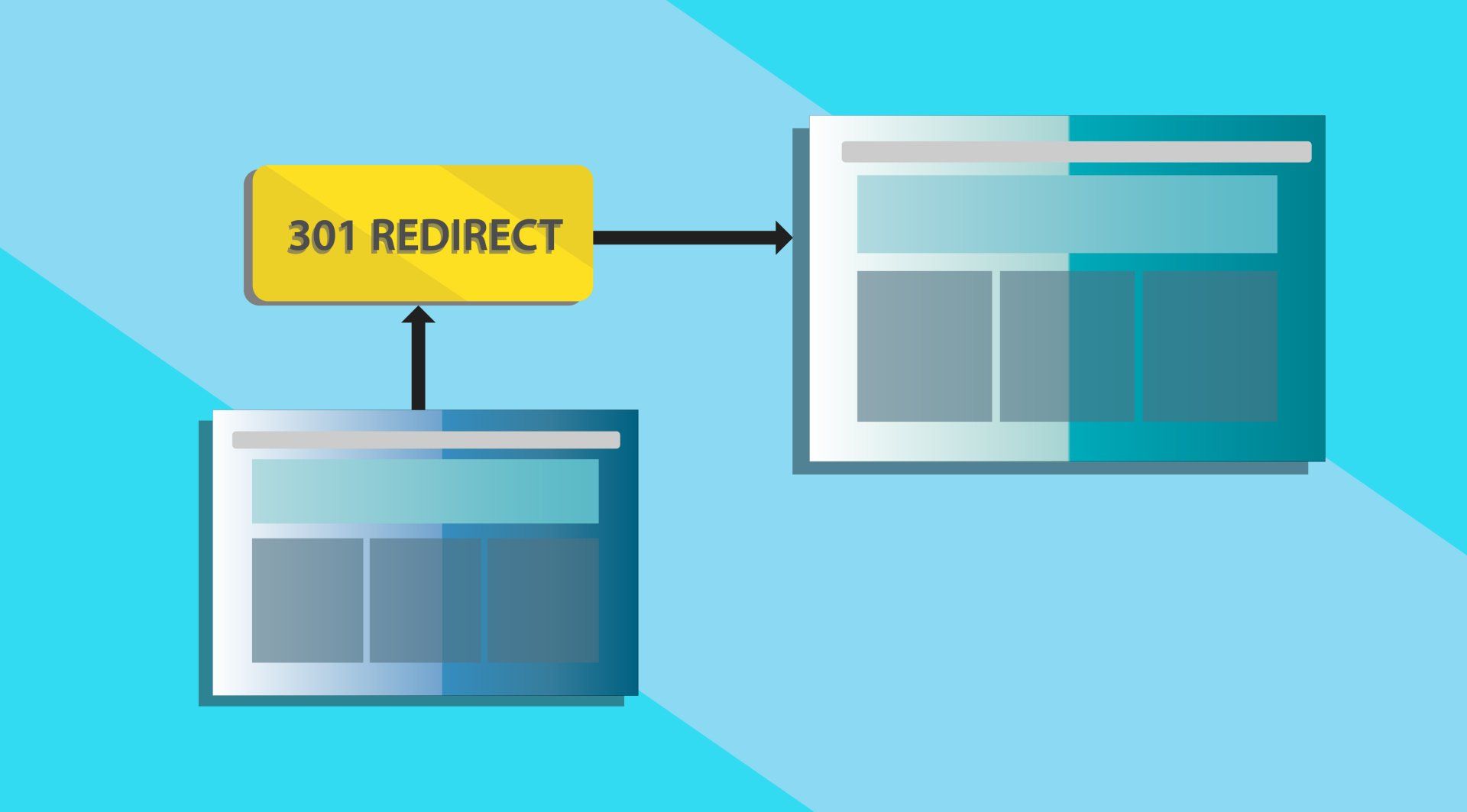What is a URL? What is a 301 redirect? How do they fit into SEO?
Have you heard of a Uniform Resource Locator, or a 301 redirect before?
Maybe not, we don’t blame you!

URL stands for Uniform Resource Locator and it is basically a web address, that's it!
For example, this blogs URL is: https://www.infoserve.com/what-is-a-url-what-is-a-301-redirect-how-do-they-fit-into-seo
Infoserve’s SEO product URL is
https://www.infoserve.com/search-engine-optimisation - which indicates a protocol (https), a hostname (www.infoserve.com), and a page name (search-engine-optimisation).
How are URL’s created?
Website URL’s are created when one builds a new website page and are easily set in a content management systems such as Wordpress.
If you are lucky enough to have an
Infoserve website, URL’s are automatically set in the website editor and can easily be edited at anytime…
What makes for an effective URL?
As previously discussed in our title tag and meta descriptions blogs, each page should be treated as its own website and properly indicate what the actual webpage is about. The same goes for URL’s - creating webpages with obvious and simple URL’s will help your SEO and also the customer journey - so people know where they are on your website.
For example, if you are an accountant and creating a bookkeeping page on your website www.abc-accountacts.co.uk, then the obvious URL will be www.abc-accountacts.co.uk/bookkeeping
What are poor URLs?
Sometimes you will come across a website which has pages such as…
www.abc-accountacts.co.uk/service1
www.abc-accountacts.co.uk/dufuefwu_341
www.abc-accountacts.co.uk/untitled
These are not good for SEO as Google reads your URL’s as part of it’s scan of your website, so make sure your URL’s are simple and related to what is on that page.
URL’s and Local SEO
How can you make your URL’s work for your SEO?
✓ A quick tip is to include your location in the URL:
www.abc-accountacts.co.uk/bookkeeping-leeds
You don’t need to do this on every page, just your actual services pages.
This action can help Google see that you offer ‘that service’ in ‘this area.’
x Do not cram more locations into the URL
x Do not use underscores _
x Do not make the URL too long
What is a 301 redirect?
A 301 redirect is used on a website as a response code for a permanently moved or deleted page.
Think of a 301 redirect as a Royal Mail forwarding address once you move home. Mail getting sent to your old address will now get diverted to your new address.
If you delete a web page, or rename it, then setting up a 301 redirect from the old page to the new page is important for the following reasons…
- Traffic - People going to your old webpage will automatically be redirected to your new webpage.
- Maintains your sitemap - Makes sure you have no broken links on your website.
- SEO - Your webpages will build up SEO weight over the years, and adding a 301 redirect maintains this. Without one, it’s like starting again.
- Google - your old page address will be kept on Google’s search results for a while, so having a 301 redirect will make sure people coming from Google land on the right page.
How do you setup a 301 redirect if making a new page/altering a current pages URL?
This all depends on what platform your website is built on.
Unfortunately, some older content management systems don’t allow you to update your URL and install 301’s easily, or at all.
However, modern platforms like Wordpress have 301 plugins which easily allow you to setup new 301 redirects.
Infoserve websites automatically setup 301 redirects for you when you change a webpage URL and you have full control over them, so you don’t have to worry.
If you have any questions, contact our friendly team and we can advise you how we can help you improve your URL's or install 301 redirects.















